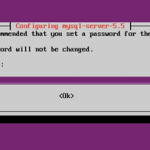How To Build A Company Intranet Site Using WordPress

If you are doing research because you need to build an Intranet site and are not sure of what platform to use then stick around, In this tutorial, I’ll try to give you an idea how to build an Intranet site using WordPress. Most people on the Internet recommend using Drupal, Joomla or any other CMS to build Intranets but…
